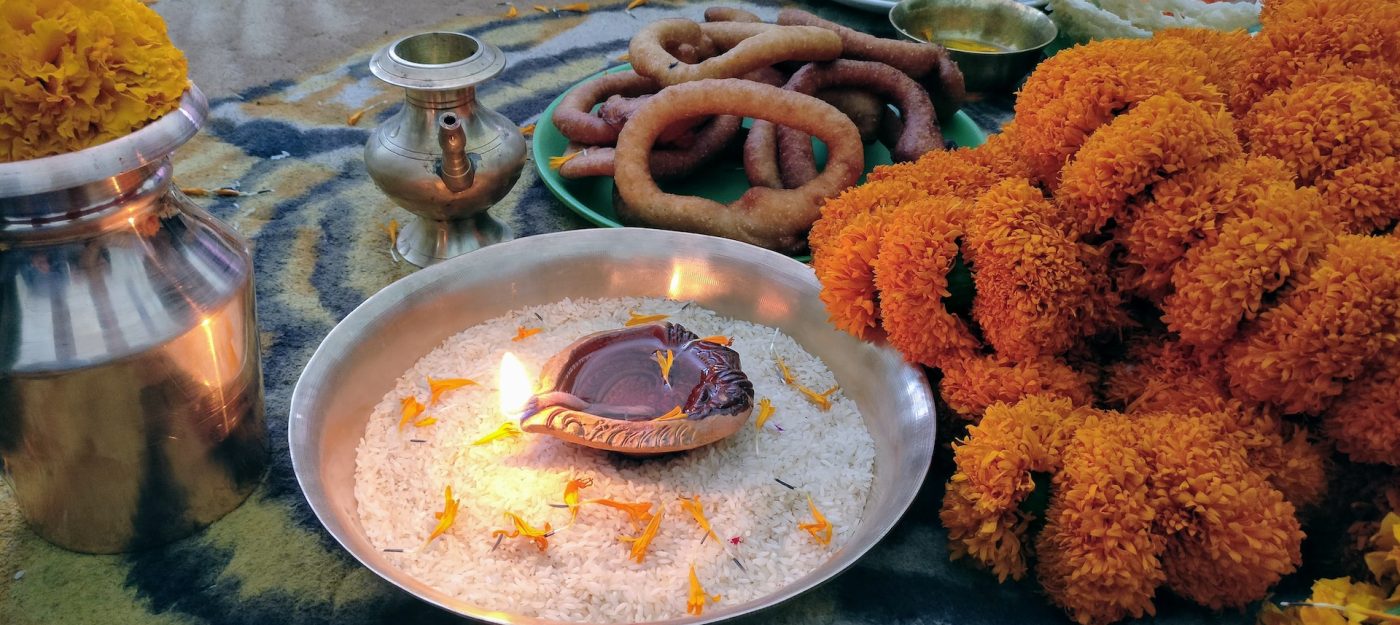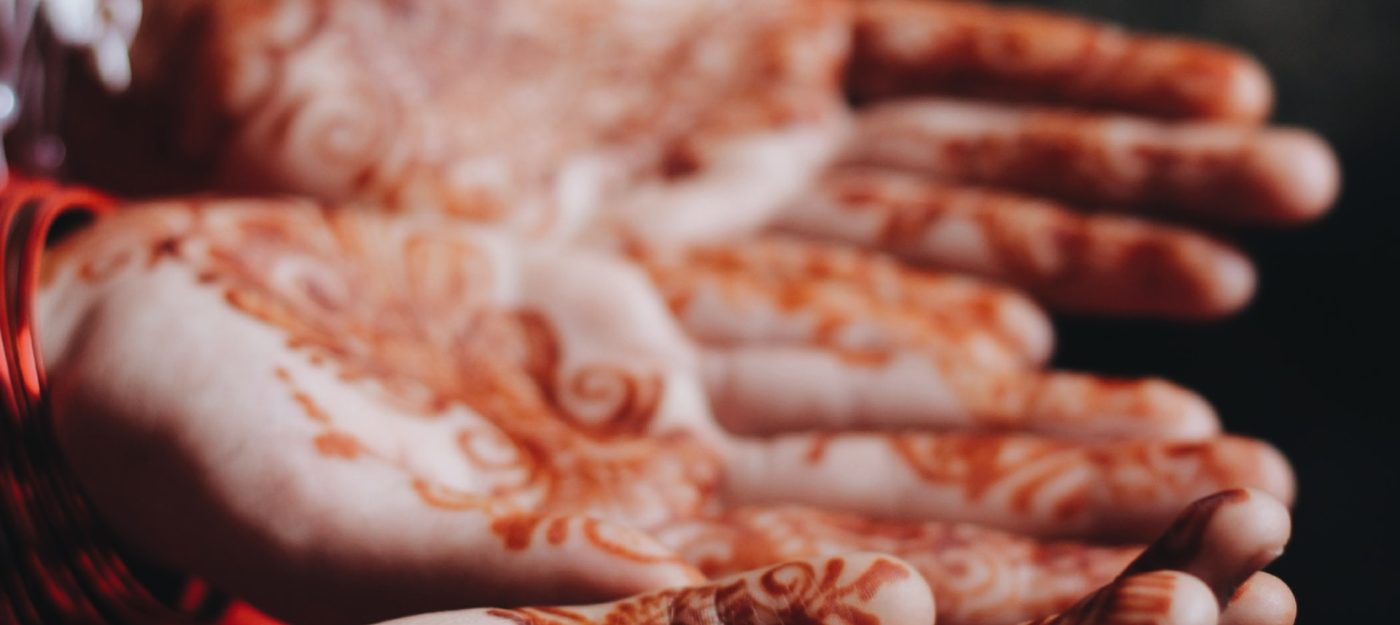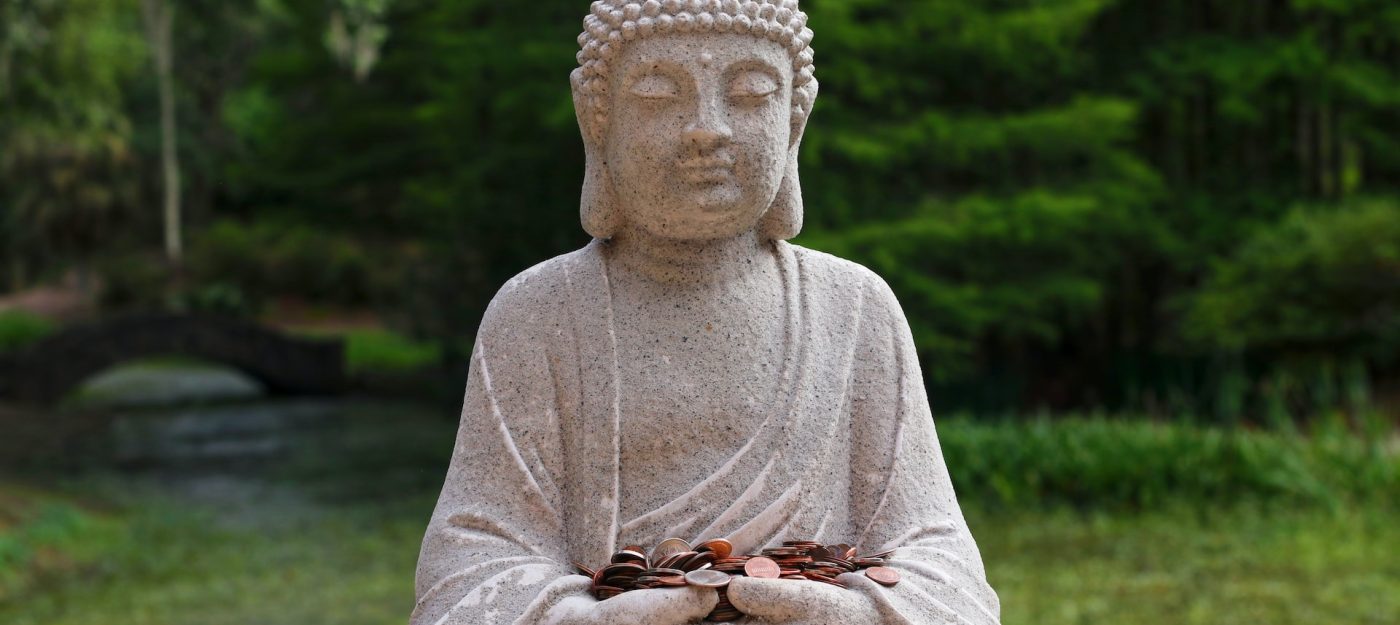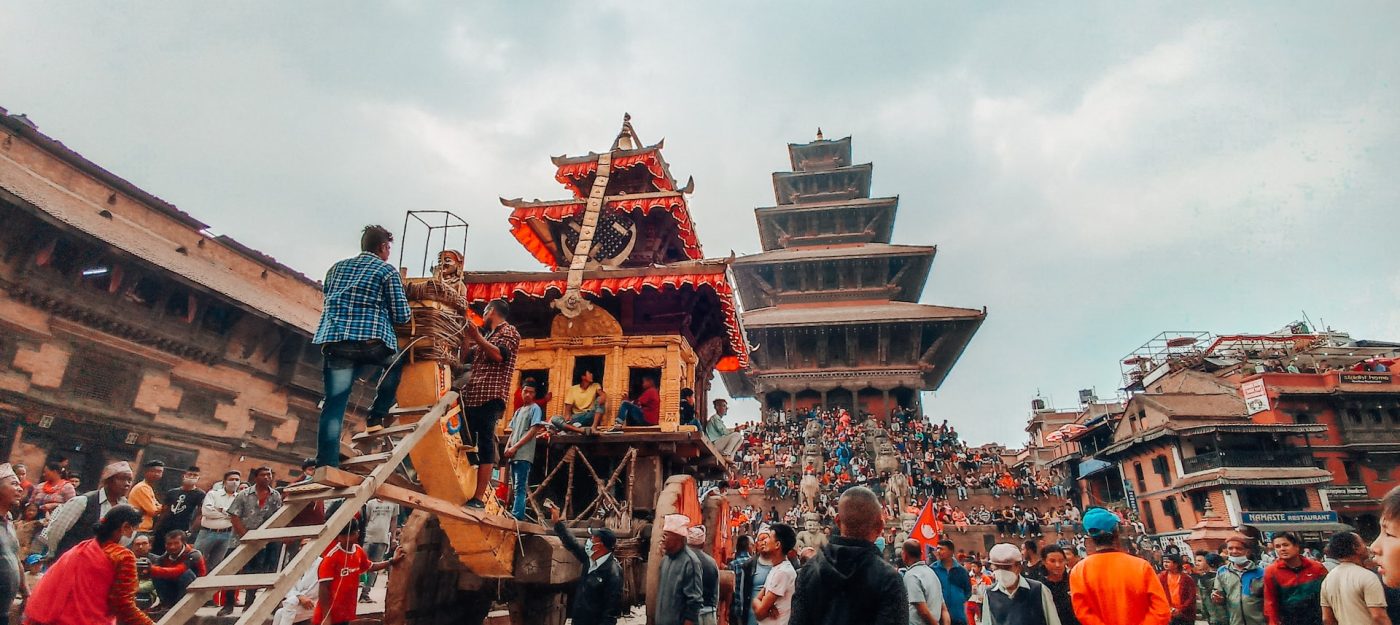
Major Festivals In Nepal
Today, here in this article we will discuss some of the Major Festivals in Nepal.
Nepal is one of the few places on earth with such a wide range of natural features, cultural practices, religious beliefs, and lifestyles. Every community in Nepal celebrates its traditions in a different way. The majority of these customs date back several centuries and are colored and celebrated for particular motives. It is one of the major festivals celebrated in Nepal.
Nepal is known as the Land of Festivals for a reason. The calendar contains a large number of events as a result of the concentration of several localities. Each group appreciates and respects the culture of the others. This is the key factor influencing Nepal’s peaceful way of life. It is difficult to include every Nepali event.
10 Major Festivals in Nepal are
Fagu Purnima
It is fairly similar to Holi, the festival of colors if you are familiar with Indian celebrations. In February or March, Fagu Purnima is observed concurrently with Indian New Year. During this festival, attendees enjoy dousing one another with colored water.
According to tradition, Prahalad, a follower of Lord Vishnu, was given the order by his own demon-king father to be burned to death. Assuming that the fire would kill Prahalad and spare her from harm due to her supernatural abilities, his aunt, the demon Holika, took him into her arms and set herself on fire. Therefore, it is one of the major festivals in Nepal.
However, Holika ultimately perished from burns while Prahalad managed to escape the fire unharmed. The people doused the child in water to save him. Today, it has become customary for people to douse one another in colored water to commemorate the triumph of good over evil.

Holi, on the other hand, is a springtime festival. The severe winter is over, and now the greenery is beginning to bloom. So, it is now appropriate to begin farming. Holi is observed over the course of two days. On the day of the full moon in February or March, the hilly areas of Nepal celebrate it. The day following the full moon day is when the locals in other parts of Nepal celebrate it.
Dashain
One of the few festivals observed by the majority of Nepalis, not only a select group of individuals or communities. In this kingdom of Buddhism, the Hindu population is almost 80%. This Hinduism festival, called Dashain, is observed for a full 15 days.
Dashain’s first day is recognized as the festival’s official start or Ghatasthapana. On the first day, families worship the eight tantric goddesses, and the following nine days are devoted to each iteration of Durga. It resembles India’s Durga Pooja quite a little. Similarly, we Nepali Worship the goddess Durga. Also, almost all the people of different ethnic groups in Nepal Celebrate this festival.

People receive blessings from their elders during the festival’s final five days, and it concludes on Kojagrata Purnima, the day of the full moon. Every town has a different celebration in terms of flair. Therefore, it is one of the major festivals in Nepal.
To commemorate the victory, some cultures even offer animals to the deity. However, the youth population is gradually losing interest in this tradition.
Tihar
This celebration immediately follows Dashain. It takes five days to celebrate Tihar. Crows and dogs are worshipped as good luck charms during the first two days of the festival. The third day is marked by cow worship. Similar to Indian Diwali, individuals burn little clay lamps in their homes during the evening of the third day. Read our unique blog about the Indian holiday of Diwali. The unique Govardhan Pooja is performed in the evening on the fourth day, and Oxen is worshipped in the morning.
The fourth day, known as Mha Puja, or New Year, is observed in Newar community locations. The final day is known as Bhai Tika, or “Brother’s Day” for the good health of a brother.
The family’s siblings and sisters get together to celebrate this holiday. Sisters offer prayers for their brothers’ well-being and apply tika to their foreheads to ensure longevity. In contrast, brothers give their sisters gifts and sweets. Likewise, it is also famous for the festival of lights.

Families celebrate Mha Puja by engaging in special rituals to purify the home. They recline on sand-drawn circular patterns on the floor. During this festivity, they adhere to unusual practices.
Teej
September or October sees the celebration of Nepal Teej. Teej is observed throughout a three-day period. Married ladies observe a fast and undertake rituals for their husband’s well-being on the first day.

Unmarried women fast in hopes of receiving a future blessing for a happy marriage. You can take part in a variety of special ceremonies offered to Lord Shiva and Lord Parvati throughout the next two days. Aside from other things, you can take in cultural performances and specialty foods. Therefore, it is one of the major festivals in Nepal.
Buddha Jayanthi
This marks the anniversary of Lord Buddha’s birth. Lord Buddha, who started Buddhism in 563 BC, was born into a royal family. Devotees visit Lumbini, the birthplace of the Buddha, Boudhanath, Swayambhunath, and other religious sites on this auspicious day to light butter lamps. The primary place to go during this celebration is Lumbini. In 2017, around 2.5 million people traveled to Lumbini to see the birthplace of Lord Buddha, and this number is rising.

Watch a variety of vibrant and captivating parades led by nuns and monks. Participate in readings of stories about Lord Buddha performed by seniors. You should view Jatra.
Bisket Jatra
This celebration is held on the first day of the first Nepalese month. In Bhaktapur, the Bisket Festival is enthusiastically observed. According to legend, a princess who lived many years ago was cursed so that her husband would pass away on the wedding bed. Later, she was married to a prince who had received the Goddess’ blessing.
He discovered snakes slithering out of the princess on the wedding night. He eliminated the snakes and broke the princess’s curse. Numerous chariots of the goddess Bhadrakali and her husband Bhairav are taken out for a procession to honor this mythology.

To see a tall pole decorated with stitched fabric to resemble snakes, go to Lyasinkhel. This pole was built to commemorate the extinction of snakes. This festival doubles as a New Year’s celebration in a few local communities.
Ghode Jatra
In Nepal’s valleys, this event is observed in either March or April. A horse procession forms part of the celebration. According to legend, a demon is interred beneath Tundikhel, and the horse procession ensures that his spirit stays put. Throughout this occasion, the Newar settlements in the valley have feasts and gatherings.

In Tundikhel, you may also see a lot of military parades and acrobatic shows. The temples of Kankeswari, Bhairav, and Bhadrakali will all have special rites going on today. Therefore, it is one of the major festivals in Nepal.
Gai Jatra
This is Nepal’s version of Halloween. Yes, the Himalayas also enjoy the western harvest holiday known as trick or treating. Pranks are used to celebrate this event. On this day, people are permitted to play practical jokes on one another. Numerous plays and television programs will use comedic themes.

According to folklore, King Pratap Malla was concerned about his wife after the death of his heir since she was reportedly drowning herself in sorrow. He commanded his subjects to form a procession so the queen may feel more at ease. The townspeople arrived dressed as ghosts, which made the queen laugh.
There are many myths and legends about Nepal. These myths all demonstrate how good ultimately triumphs over evil. A celebration is held in honor of each such tale. As a result, you can be sure that the country’s festivals will never cease.
Losar
Every location and religion has its own calendar year’s first day. The Georgian calendar is not something everyone follows. Buddhism is a significant religion in Nepal, where people celebrate Losar as the first day of the new year.
You must once more take into account diversity. Although Losar is a New Year’s across the nation for different ethnic groups, the exact day differs depending on the community. Yolmo and Tamang communities commemorate Sonam Losar, Gurung communities celebrate Tola Losar, while the traditional Tibetan populations of the hills celebrate Gyalba Losar. Therefore, it is one of the major festivals in Nepal.

All forms of Losar involve dancing, celebration, family feasts, religious rites, processions through monasteries, monks performing mask dances, and displaying holy scrolls, among other activities. The ideal time to indulge in several Nepali specialties is now.
Chhath
Based on the lunar calendar, this four-day event occurs in either November or October. The Terai community celebrates this holiday, which is celebrated by the locals of Mithila. The Sun God is honored throughout this festival’s ceremonies for his kindness and illumination of the populace. The villagers fast during the day and offer prayers for wealth and prosperity.

They worship the setting sun before sitting down to a sumptuous meal. Other significant festival rituals include taking a holy river dip, diving into the water, cooking special foods for the Sun God, and so forth.
You can sample those treats after the fast. Anarsa and Thekuwa are two of the best foods to sample during this event. Sadly, these foods are rarely prepared at other times.
Lastly, if you are planning some of the best peak climbing and expedition in Nepal. We will provide that to you. Like
Inquiry
If you want to know anything regarding the trip or any other issue, please feel free to ask us
